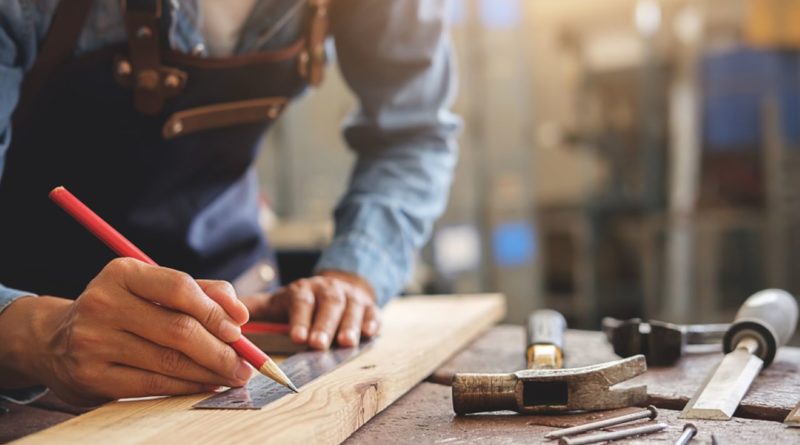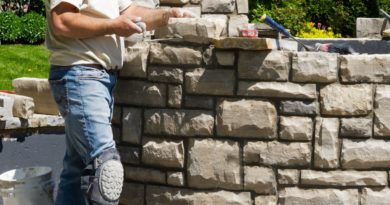Carpentry Courses: Learn to Become a Successful Carpenter
Considering a Carpentry Course?
If you would like to learn about the trade and art of cutting, working and joining timber, a carpentry course may be an ideal choice for you. Carpentry includes both structural timberwork in framing and items such as staircases, windows and doors. It is one of the oldest skilled trades and remains widely required in modern construction. Carpentry courses provide students with a broad range of skills in joinery and carpentry, perfectly equipping you for a career as a carpenter. The good news is there are so many carpentry courses currently available and they are available in full-time and part-time options.
The Types of Carpentry
Carpenters often specialise in one or two areas, enabling them to hone and develop their skills accordingly, in particular where they generally work on larger projects. There are a number of different types of carpenters. These include rough carpenters who work on framing, formwork, roofing and other structural work, joisters who lay floor joists onto which a floor surface is fixed and trim carpenters who specialise in mouldings and trims such as skirting boards, mantles and other ornamental work. In addition, cabinet makers who make cabinets as well as other furniture including wardrobes, dressers and much more, framers who specialise in the framework of buildings and roofers who specialise in the beams, rafters and trusses of roof construction.
A Brief History of Carpentry
As timber degrades naturally, there are not very many remaining early examples of carpentry. The oldest archaeological finds are water well casings, that were built using split oak timbers that date back to circa 5,000 BC and were excavated in Germany. Some of the world’s oldest wooden buildings are Chinese temples such as the stave churches in Norway, for example, the Heddal stave church, which were built during the 12th and 13th centuries and the Nanchan Temple which was built in 782. Carpentry has evolved over the centuries in line with the tools and technology that were used in construction.
By the 16th century, sawmills were widespread, which established the timber industry. The Industrial Revolution which took place in the 18th century introduced cut nails and steam engines, which freed carpenters from the labour-intensive process of relying on handmade nails. Carpenters largely focused on framed post-and-beam buildings until the end of the 19th century when other materials such as concrete and steel became increasingly popular. There has been something of a resurgence in timber construction as of recently, with products such as laminated veneer lumber (LVL) and glulam seeking to exploit the sustainable benefits that timber provides.
What Will I Learn?
Students will learn about building construction, renewable energy systems and safety and health at work. The course will educate you on wood fabrication, computer aided draughting (2D) and equip you with good communication skills. You will learn how to design a house, how to go about applying for planning permissions, how to draw up plans and do up a bill of quantities for an eco-friendly family home and set out a work schedule. Working as part of a team and a carpenter’s roles and responsibilities will also be explored.
If you’re serious about doing a carpentry course, check out courses near you in the Nightcourses.co.uk national course finder.




